On the third day, we got up early in the morning and walked to the pier where a large fishing boat was waiting for us. Crocodile Bay is mostly known for fishing, but as each boat came back from fishing, they would report whale sitings. So we decided to got out and see if we could spot these massive creatures.
For this adventure, I started with my Canon 1D X Mark II with the Canon 100-400mm lens, figuring that I would need the fast burst mode of the camera and the long reach of that particular lens.
Before we even left the bay, I turned around and saw this pretty scene along the coastline. I was intrigued by the many different layers in this landscape. I loved the foreground trees lit by the morning sun, the shaded trees behind them, the low hanging clouds creeping through the foliage and then the higher clouds.
Since we had spent a couple of days photographing the birds of Costa Rica, I decided to continue that with some photos of the Brown Pelicans which were flying around the boat.
One of the easiest ways to spot the whales was to watch for their spouts. About 20 minutes after we left the pier we spotted whales, and they were pretty close to the shoreline. Look at how high their spray reaches up into the air. That has to be 25 feet or more!
We spotted 4 large whales and at least one baby.
And yes, we still had birds flying around us.
After an hour of whale watching, the our hosts decided to put some bait on the lines and see if we could grab some dinner for the evening. Just minutes after dropping the lines in the water, we had a Jack on the line, and they handed the pole to my wife, Annette, to bring it in. I quickly switched lenses to the Canon 16-35mm to grab photos on the boat. This fish went back in the water, but we did pull in a couple of Snapper later in the morning. Other boats caught Tuna and we had some amazing fish for supper.
Using the wide angle lens, I got down low and shot images of our fish guide as we cast lines into the water. For this shot, I changed the ISO of my Canon 1D X Mark II to 100. At f/7.1, this gave me a shutter speed of 1/400 sec. I wanted a slightly slower shutter speed to get the motion of the pole as he cast out.
The next day, we made our way up into the hills to visit a guy who wrangles snakes and other reptiles. Before we reached our destination, we stopped to photograph this scene. This is a panorama taken with my iPhone. Simple, but beautiful.
Then we got to our destination to photograph reptiles in a more controlled environment. Now, at this point you might be thinking, why would I want to photograph in a controlled environment? My goal for the upcoming workshops is to have a good balance of animals in the wild and controlled environments. I want this because it allows me to teach more and it is also a great way for my guests to get great shots for themselves. Oh, and I would rather photograph poisonous snakes in a controlled environment than run into one in the wild!
We started by photographing an Eyelash Viper. This little snake is very poisonous. The wrangler carefully put the snake in this plant for us. I used the Canon 100mm macro lens on my Canon 5D Mark IV for most of my photography on this day. So yes, I was pretty close to this snake, but never at an unsafe distance.
Then we moved to my favorite reptile in Costa Rica, the Red-eyed Tree Frog. The wrangler had caught a couple of these frogs the night before, so that we would have good subjects for this morning of shooting.
I started by taking macro shots of the tree frogs handheld, and then eventually grabbed my tripod to assure the best focus possible.
I just love the colors in these little frogs.
This is one of my favorite photos from my trip.
This is another favorite photo with the tree frog looking over the bird of paradise flower, right at me. (Photographer's note: For this photo, I changed my aperture from f/3.5 to f/8 to get more of the frog in focus. When using a macro lens, the depth of field becomes very narrow. This is something I will be teaching on the photo tours.)
Once we captured a whole bunch of great photos in the controlled environment, we headed into the rain forest for some shots in the wild.

As we approached a nearby tree, we saw this Green and Black Poison Dart-Frog. Since there is not a lot of ambient light in the rain forest, I cranked up the ISO of my camera to 3200, which gave me a shutter speed of 1/30th of a second. I leaned against the tree and held on a steady as I could, and grabbed this shot of the frog in it's own environment.
As we walked along the muddy path, the guide was walking ahead of us, going through the brush looking for cool wildlife. At one point, he climbed a wall of dirt and found this Golfo Dulce Poison Dart-Frog in a dark hiding place. He asked me if I wanted to climb the same wall for a photo. He then talk us that this was a rare sighting at the poisonous frog had it's tadpoles on it's back. I could not pass that up! So I climbed up the muddy incline and got this shot. If you look closely, you will see the tadpoles on it's back, which look like slimy stripes.
The last snake that we photographed was a Rainbow Boa, which is not poisonous. I asked him to put the snake up on this tree limb for photographs.
It was fun to follow the snake as it cruised from one branch to another, getting shots like this.
And to my surprise, my daughter Ali was willing to hold the boa. We tried to get my wife to hold it, but that was NOT going to happen.
Next week I will be posting images from the last 3 days of our trip.
If you would like more information on the Costa Rica Photo Tours, click here.
__________________________________________________________________________
Remember that you and your friends can enter your email address at the top right of this blog to get an email any time I write a new blog post.
__________________________________________________________________________
If you are interested in purchasing ANY equipment, please click here to go to B&H Photo, as I get a referral from them if you enter this way. It does not change the cost to you in any way, but it helps me keep this blog up and running.
__________________________________________________________________________
Check out my upcoming photo tours to amazing places around the world.
__________________________________________________________________________

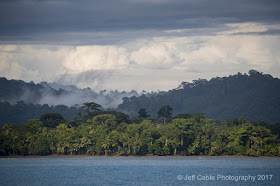

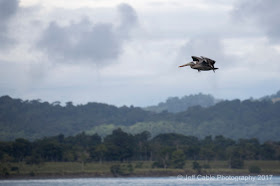









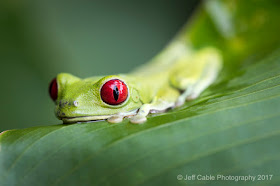


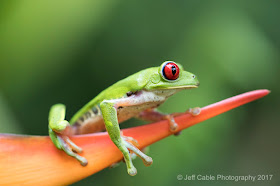






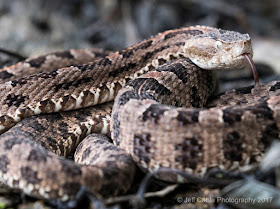




After our Iceland trip, Costa Rica won't be too far behind. I love the wildlife shots!
ReplyDeleteLooks like you had a great time!
Lovely Blog...thanks for sharing
ReplyDeletehttps://www.theweddingcardsonline.com
This wild life photographs are amazing and stunning. This pictures are real.
ReplyDelete